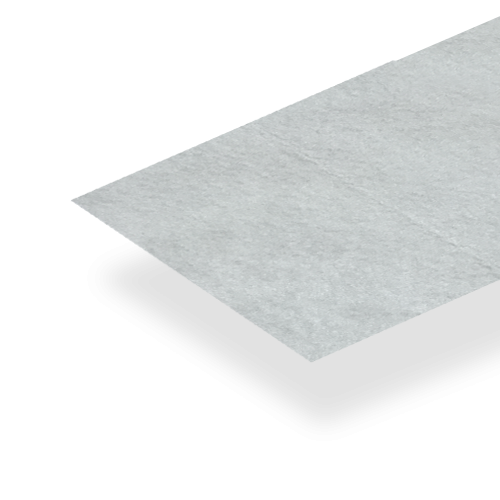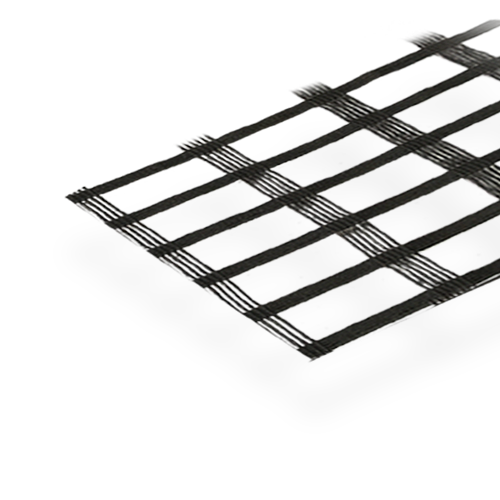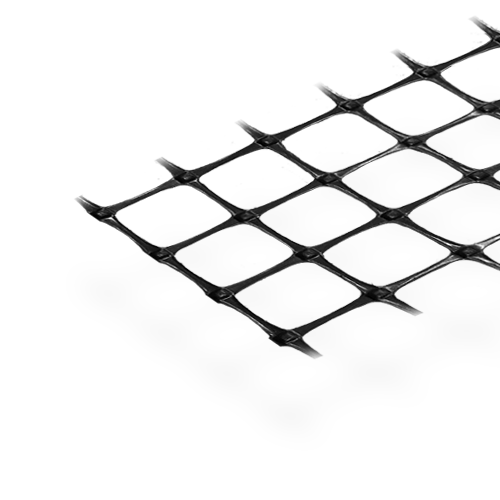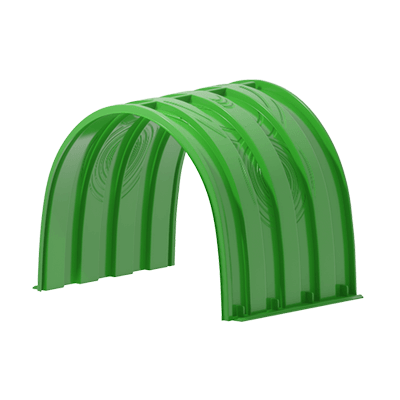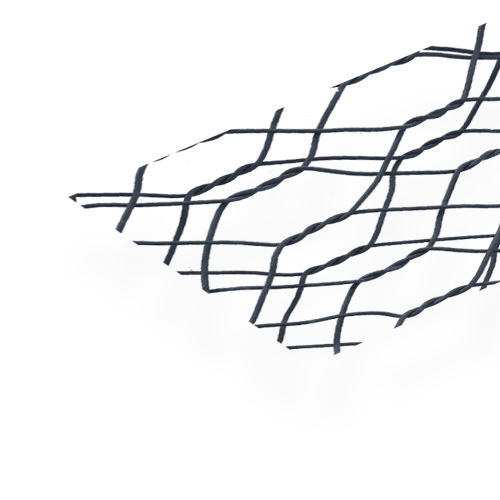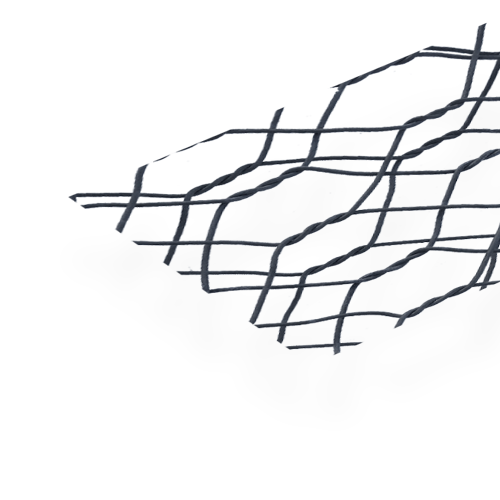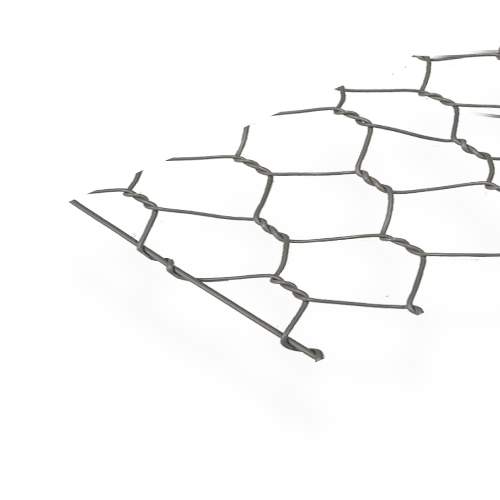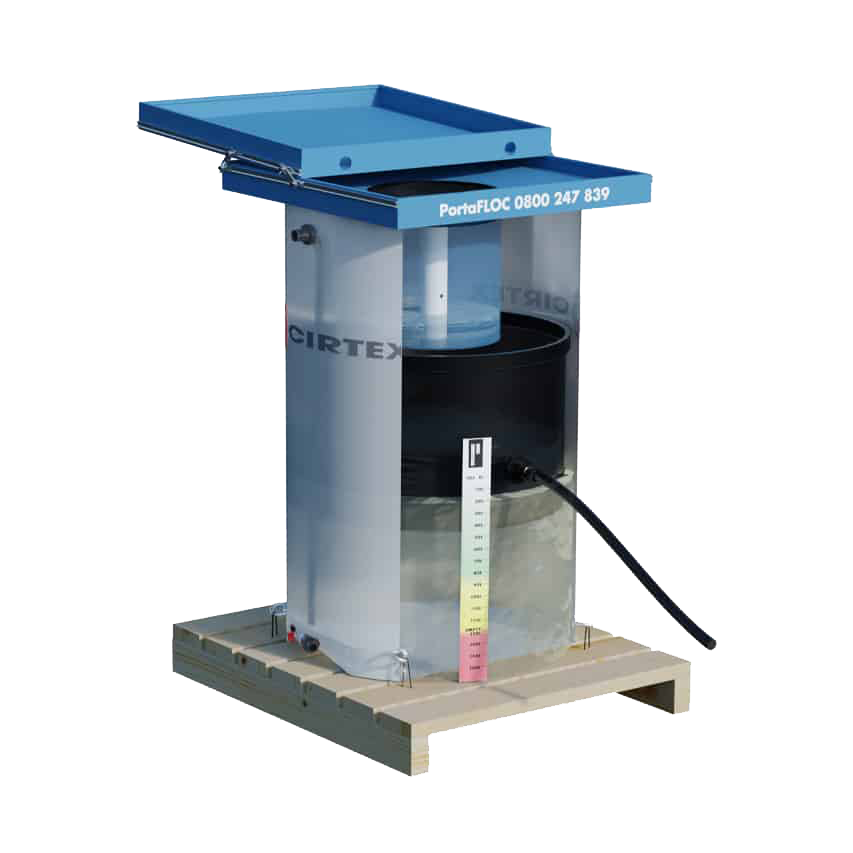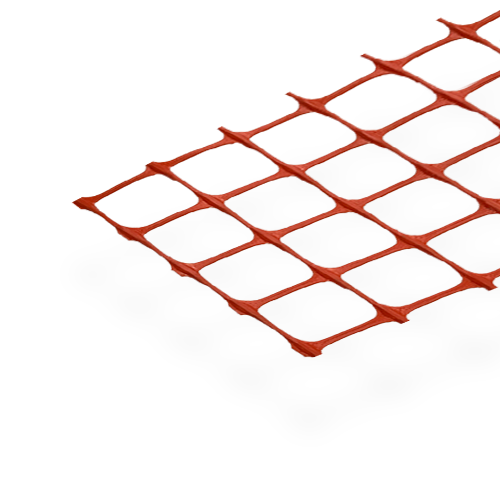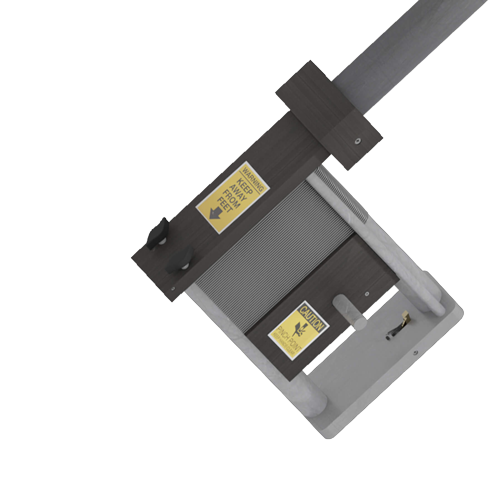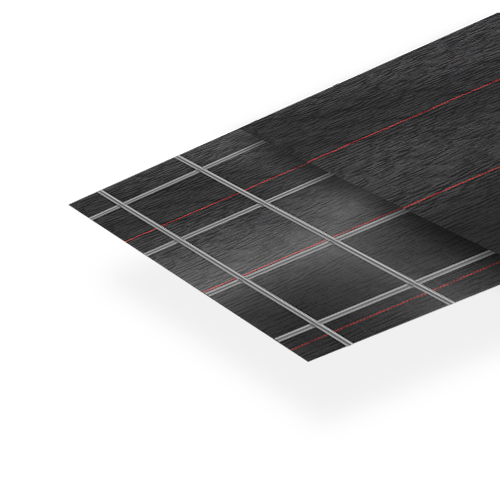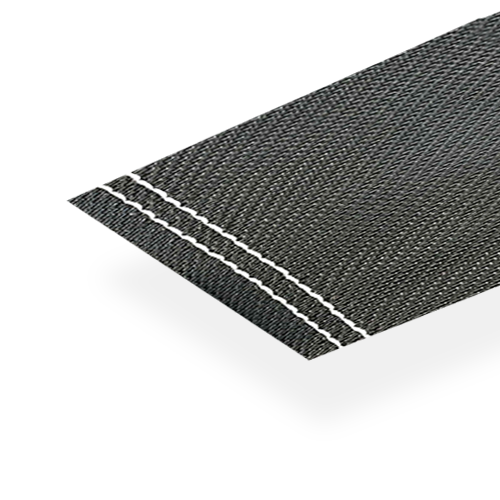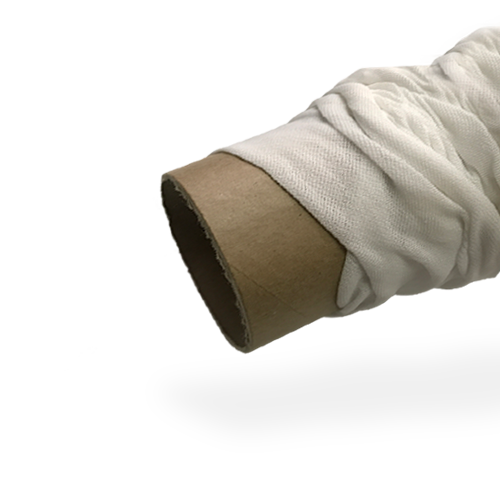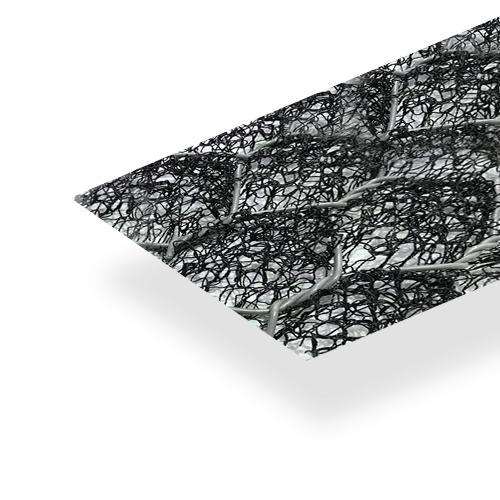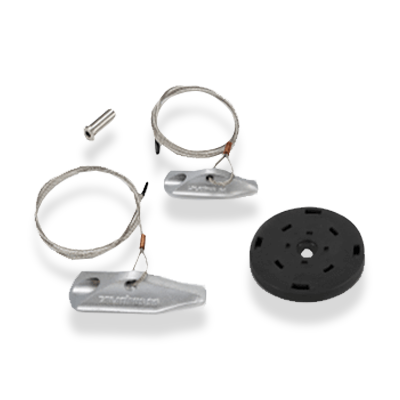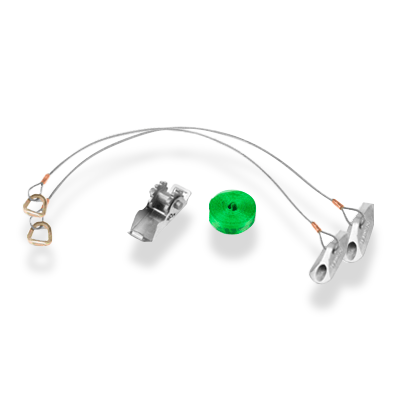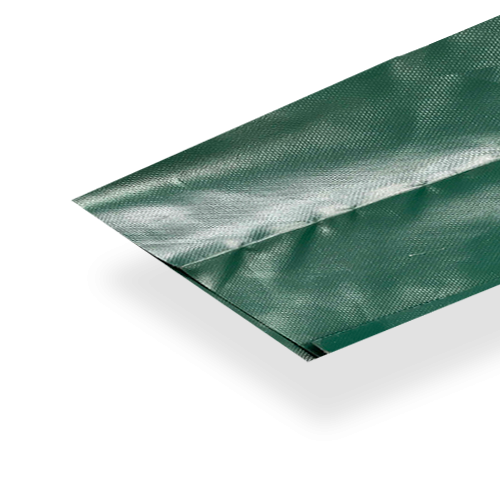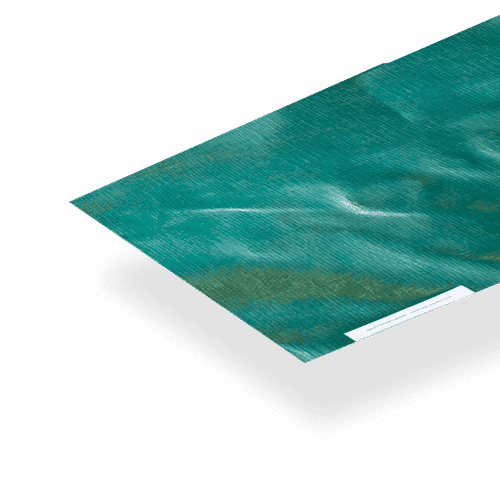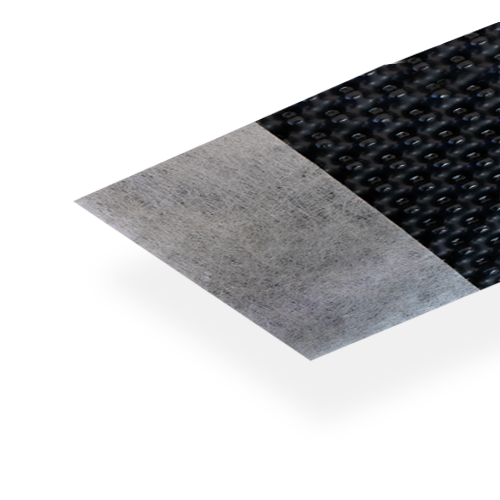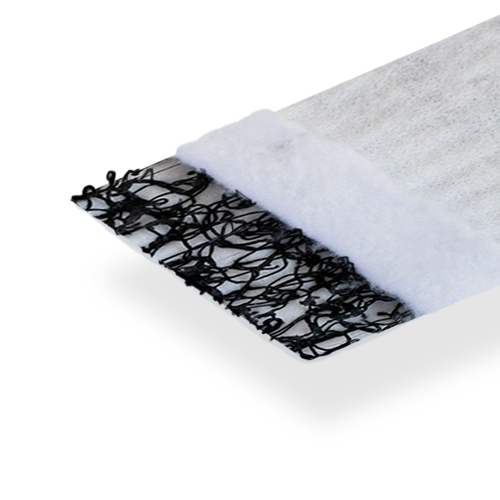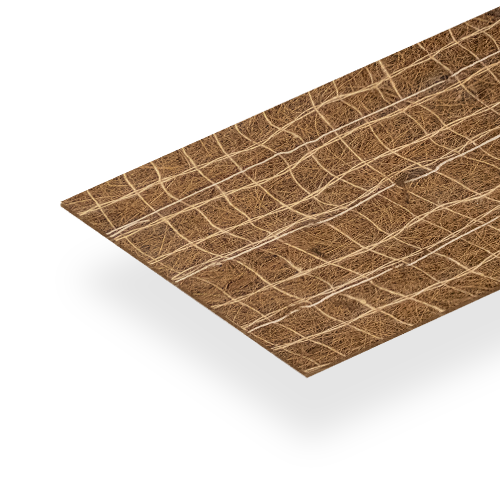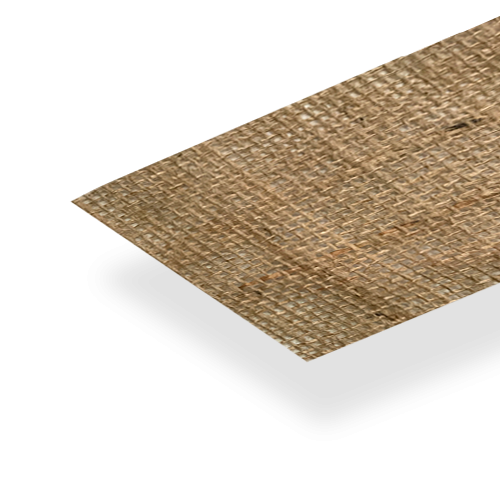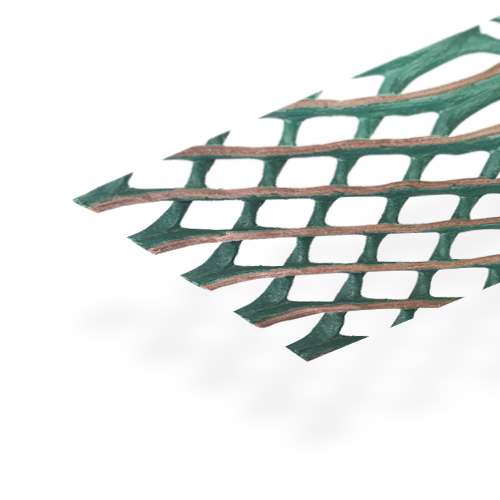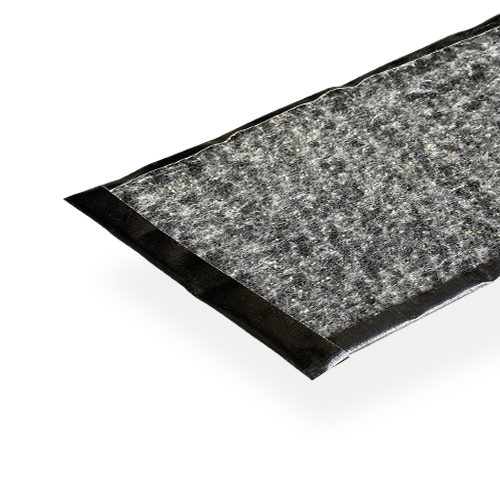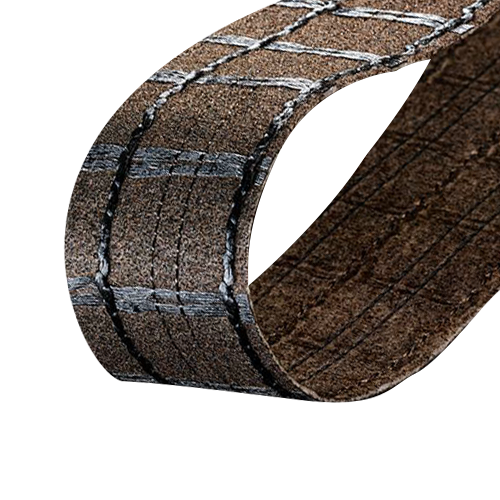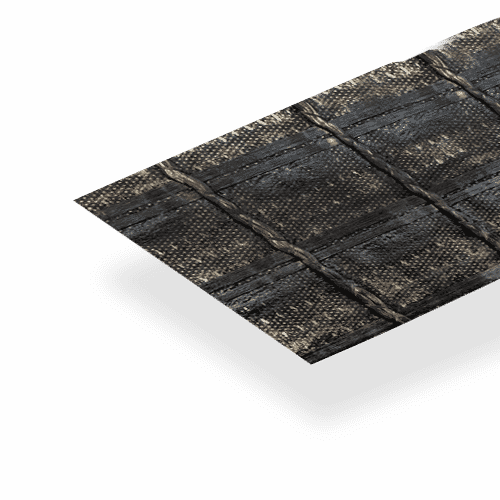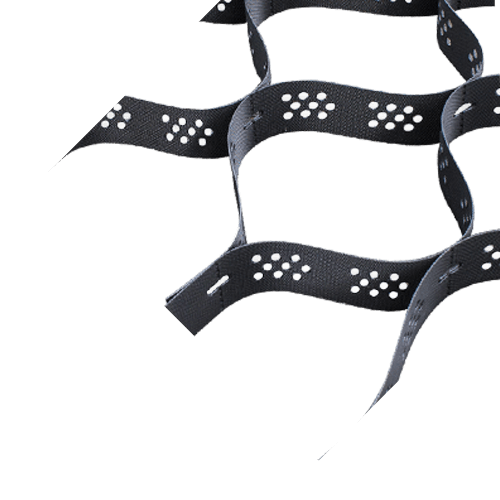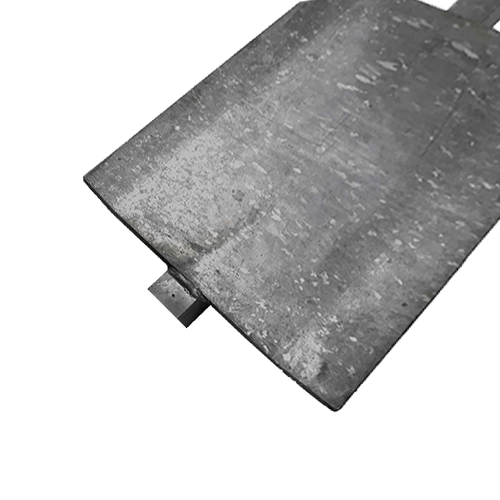- Menu
Civil Hub
Access a community driven forum, webinars on demand, technical drawings & advanced design software.
- ProductsFeatured ProductsGeotextilesGeogridsStormwaterReinforced Soil SystemsBlock Retaining SystemsGravity WallsGabionsSediment Retention PondsSite SuppliesSilt ControlDewatering & DrainageTurf MattingEarth AnchoringCulvert FlumesDrainage CompositesErosion Control MattingPermeable PavingImpermeable LinersPavement SurfaceGeocellsShear Lock®Concrete MattressesRock Bags
- Contact Us
Smarter Road Network Maintenance
Facebook
LinkedIn
Twitter
WhatsApp
Once again, we find ourselves deep in the middle of winter with the weather pounding our road networks and coastal areas, and many parts of the country experiencing saturated ground conditions. This is a time when our road networks can experience accelerated failures from the effects of the winter weather, and in this article, we look at how you can minimise the effects of storm damage on your network and repair any issues that arise.
Last year we published an article about why slips happen in the rain, and the past month has once again seen a host of slips and dropouts on the road network, with well-publicised road closures and the associated community isolation. The cost of water-related damage on our networks is a significant drain on the available funding for our roads, and everything that we can do to minimise the storm-related damage leaves more money for proactive maintenance and upgrading the network.
In the following few sections, let us take a look at the cost-effective available options for repairing over slips, dropouts, scour related issues, coastal erosion and finally the effects on the pavement layers.
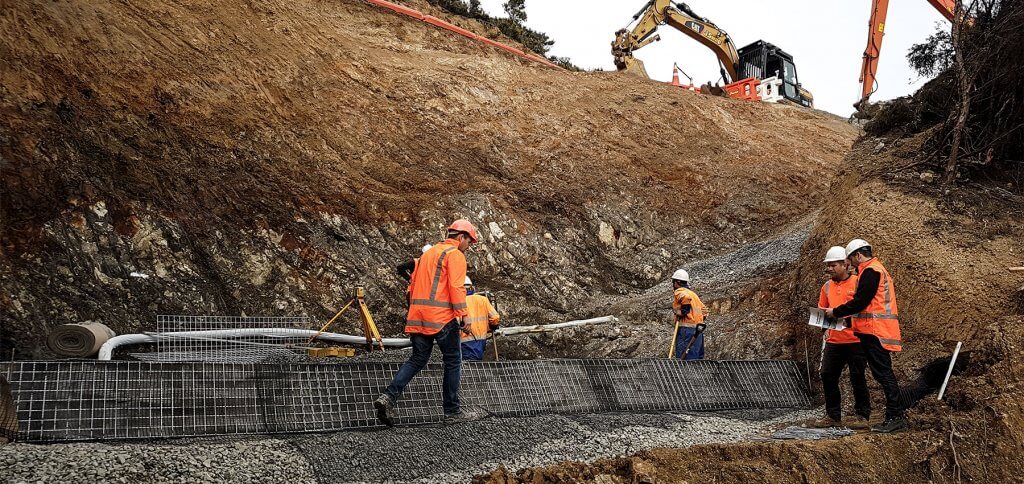
Slips that come down over the road are very frequent in most parts of New Zealand and take various forms, from weathered papa slaking off a cliff, to loose gravelly hillsides being disrupted by water flows, to steep clay banks losing cohesion through saturation. One feature that marks all these types of slips is that they can often be cleared up by removing the excess material without significant pavement damage. One strong consideration is that to remove and dump the slip material can consume a considerable amount of time, especially as under the RMA the contractor cannot just dump the slip debris over the side of the bank or into the sea, and in some cases must cart it for a substantial distance. Consider then the benefits of preventing the slips in the first place, by identifying danger areas and applying a preventative solution. Pinning the unstable material with engineered slope retention piles, applying a high-performance TRM matting system, or even the new geocell anchored solution which not only stabilises the existing soil but allows growing media to be placed within the cells to promote rapid vegetation growth.

Repair options for drop outs
Under slips or dropouts are generally a longer-term issue as they commonly take a part of the road formation away as well as the pavement layer. Check out our presentation where we discuss the effects of soil saturation on the road formation and how you can prevent this with simple maintenance. Once a drop out has occurred, the cost-effective and robust DuraMesh™ system of reinforced soil is becoming a favourite of many maintenance engineers and contractors. It allows us to gain back lost ground, and even gain more ground, by building up from the slip toe at 70 degrees or more. Check out the system and case studies with this link.
Another popular repair method is civil anchor systems combined with a surface solution such as a heavy-duty turf reinforcement matting. This reinforced earth system allows the hillside to be anchored deep into the stable zone without unnecessary excavation beyond the slip face.
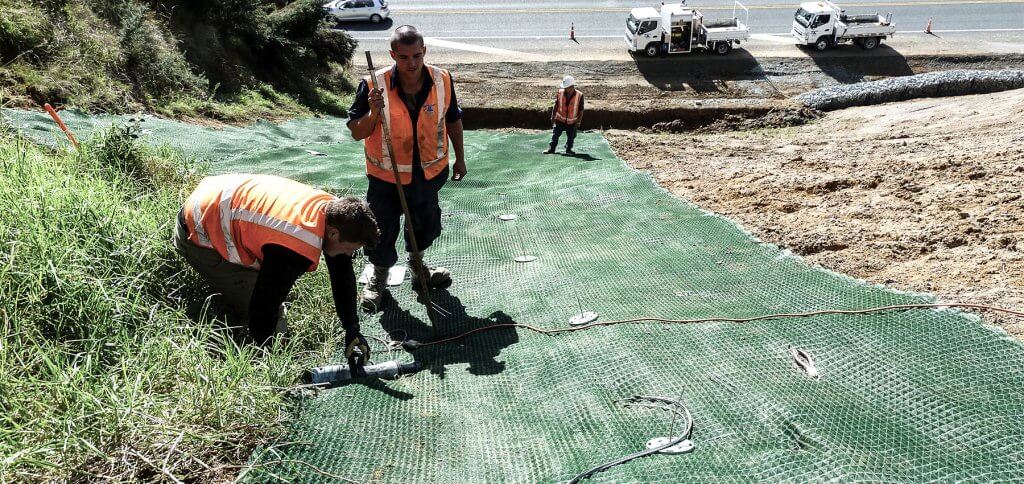
Repair options for scouring issues
With river and stream levels and flow velocities increasing, stream bank erosion is another issue caused by a storm event. Where this directly impacts the road corridor we have many options to protect the road formation from scour. The simplest method and one still favoured by many contractors are large rock placed over a heavy-duty geotextile. Care needs to be taken to ensure the rock is stable enough not to get washed away, and the geotextile is robust enough to withstand installation damage. The detailing around the integration of the repair section with the existing bank is also critical, as a poor detail can lead to an undermining of the entire repair effort.
Gabion baskets and rock mattresses can also be placed along a stream bank or on the stream bed, with care taken that they are protected from under scour.
For a fast and effective eco-friendly option, a high-performance turf reinforcement matting combined with a percussion driven earth anchors can be used. They can withstand velocities up to 7m/s when vegetated.
In areas where the storm velocities are more manageable, a softer solution such as coir logs or coconut matting may be all that is required. The Cirtex® Erosion & Sediment Control guide has details of all these products and more.
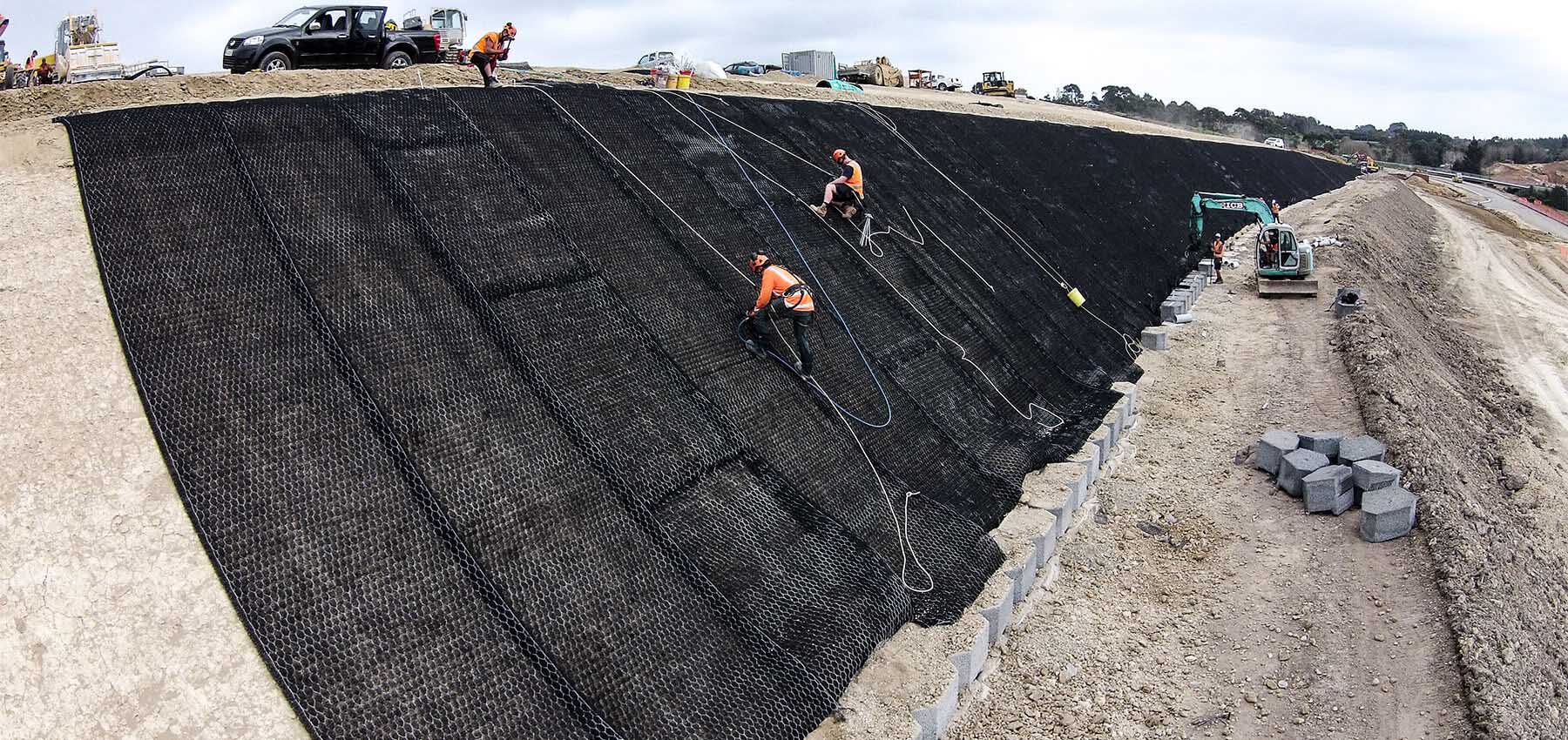
Repair options for coastal erosion
Coastal erosion accelerates during a storm event, we have recently published an educational video and article focussing on this issue, click through with this link watch the video.
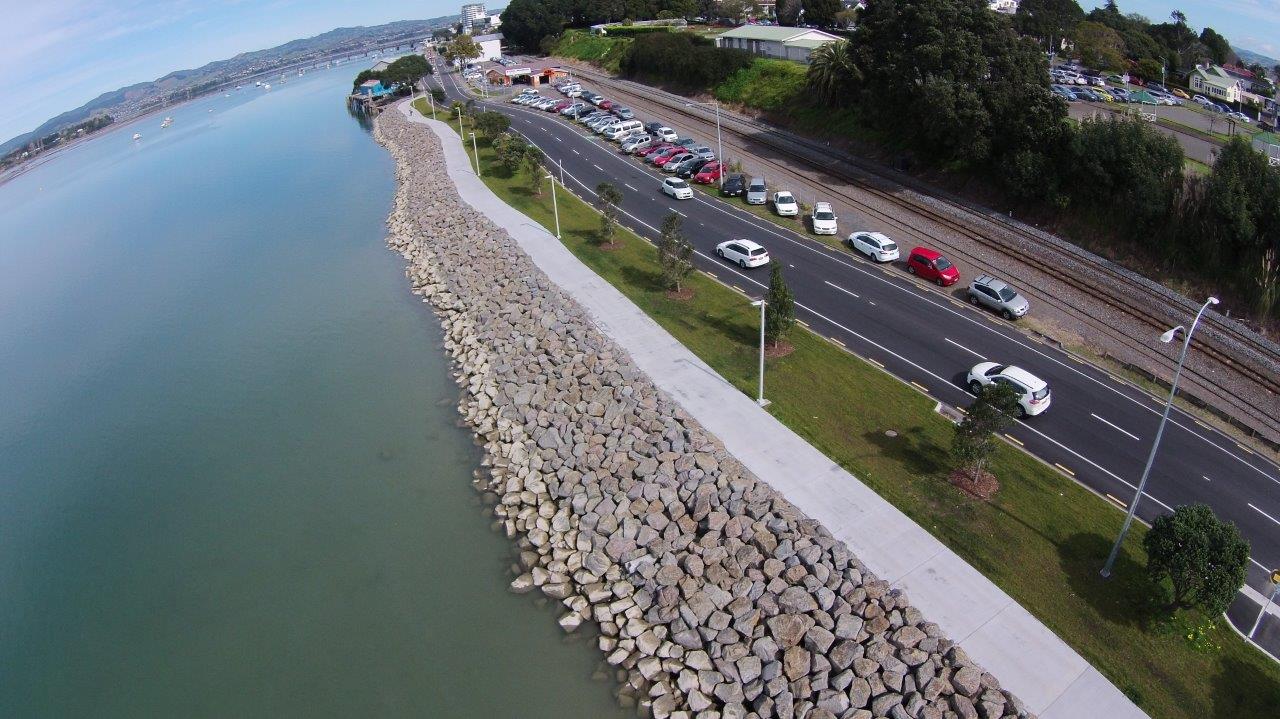
Effects on pavements
Finally, what about the pavement layer itself? The broader global stability issues we have discussed above are perhaps the most obvious, however, water damage to the pavement layer has been proven to cause an accelerated level of pavement degradation. Simple measures such as cleaning out side drains and unblocking culverts after a storm are critical to increasing pavement live. You can watch our video case study here on the effects of water in pavement and ways to reduce the impact and increase pavement life.
Contact the experts
So as we can see there are a lot of proven repair options available, the key to the viability of each solution is the application of each technology to the specific site challenges. The experienced team at Cirtex Industries can assist, having a technical staff spread over the length and breadth of New Zealand with a vast knowledge of the repair solutions and the local terrain. Cirtex can focus their attention on a specific site and propose a range of solutions to the repair team to assist with finding the most economical repair for the site.
Give the team a call today on 0800 247 839.
Would you like a more in-depth look at our Road Network Maintenance solutions? Check out this two-hour training session from our 2017 seminar series.




